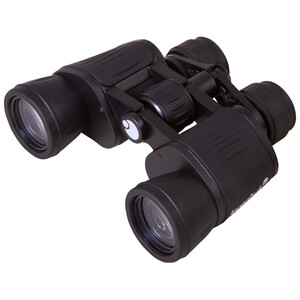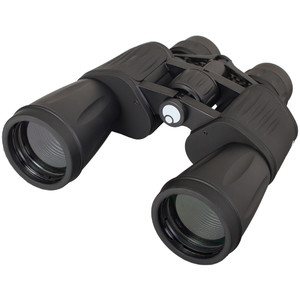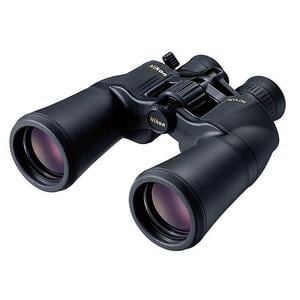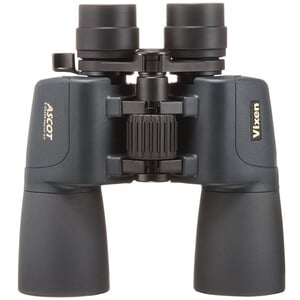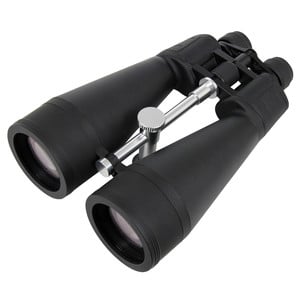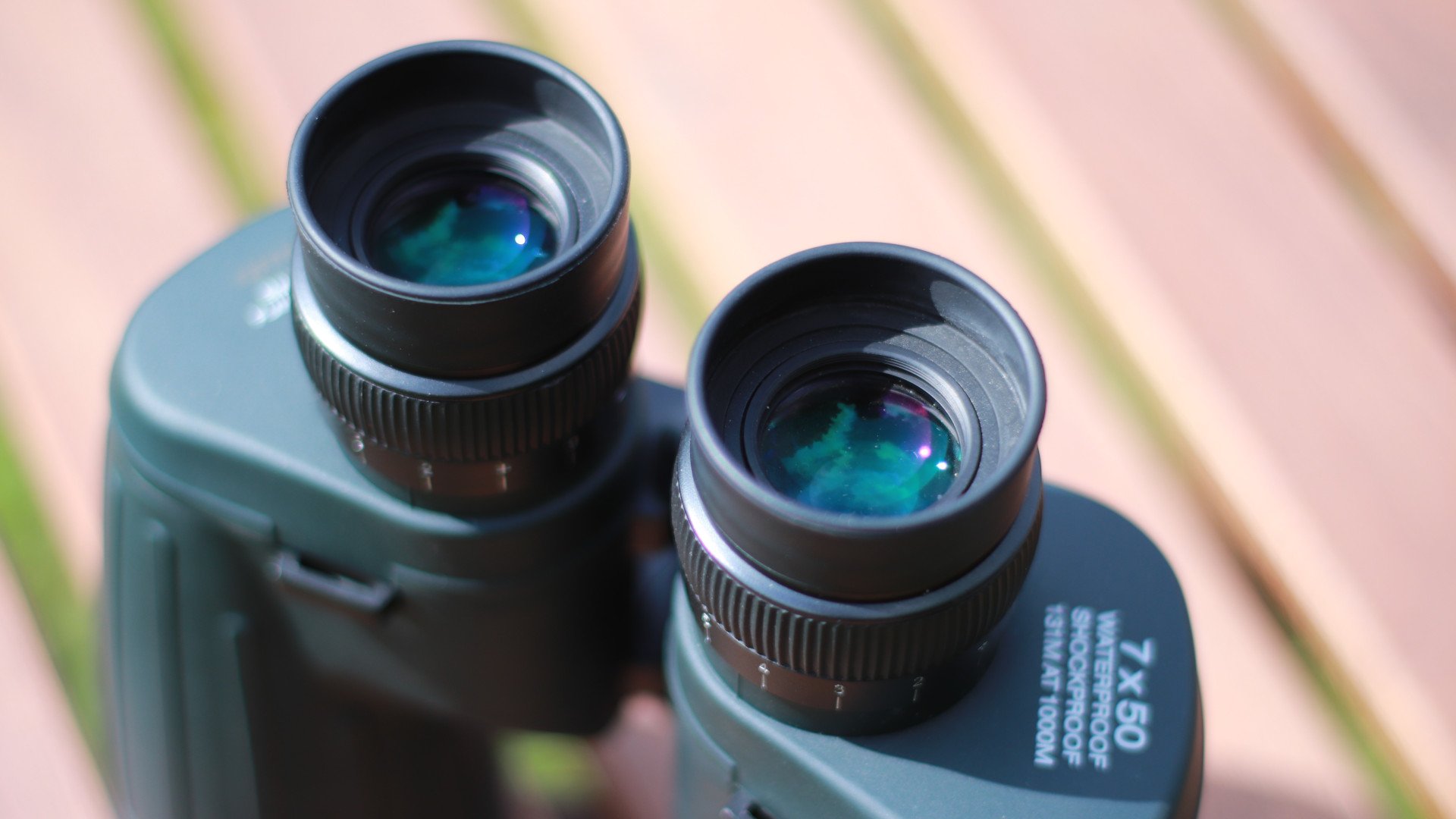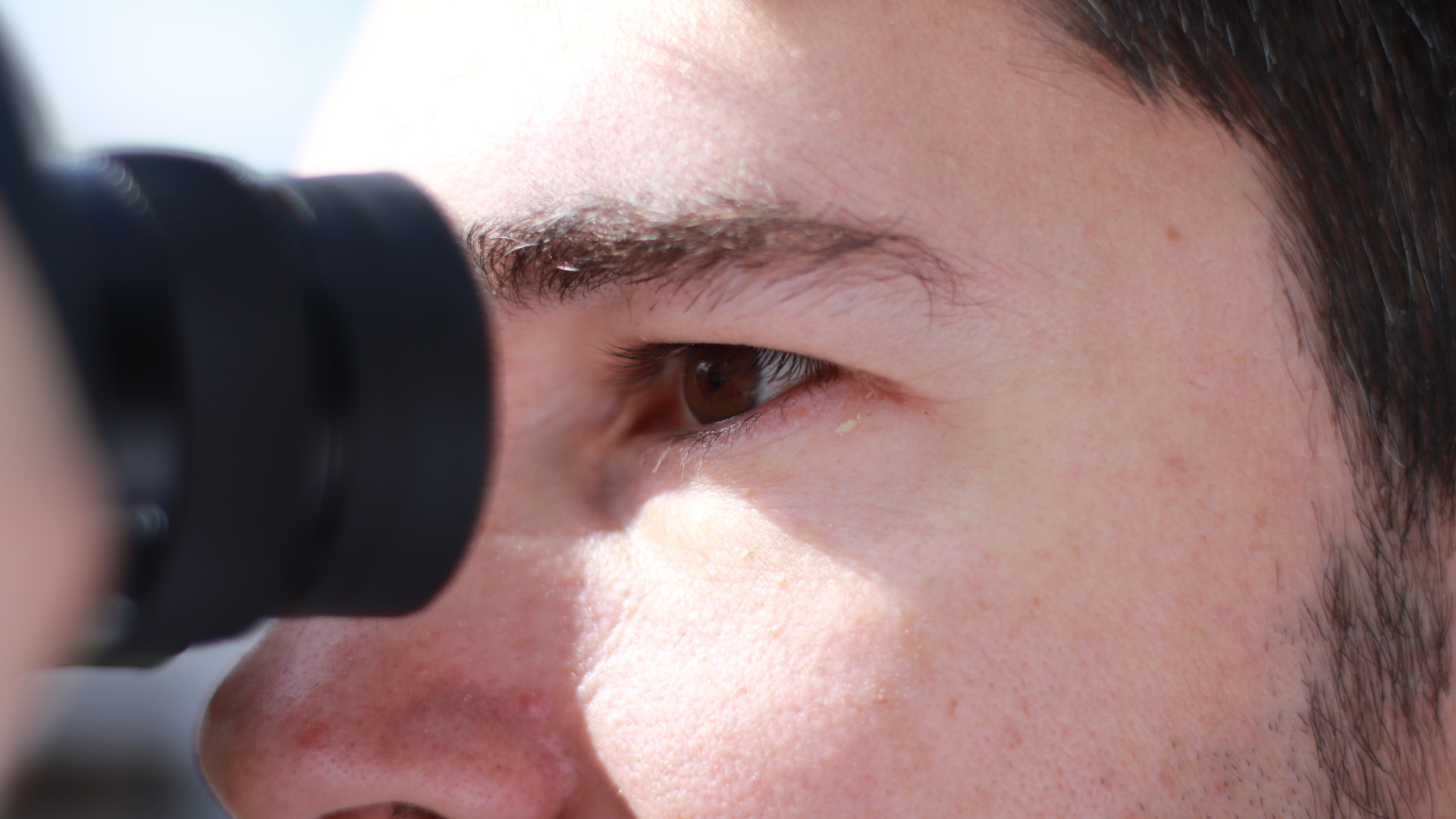Zoom binoculars
Simply zoom in on an object with binoculars: sounds very practical. But only if there are no downsides.
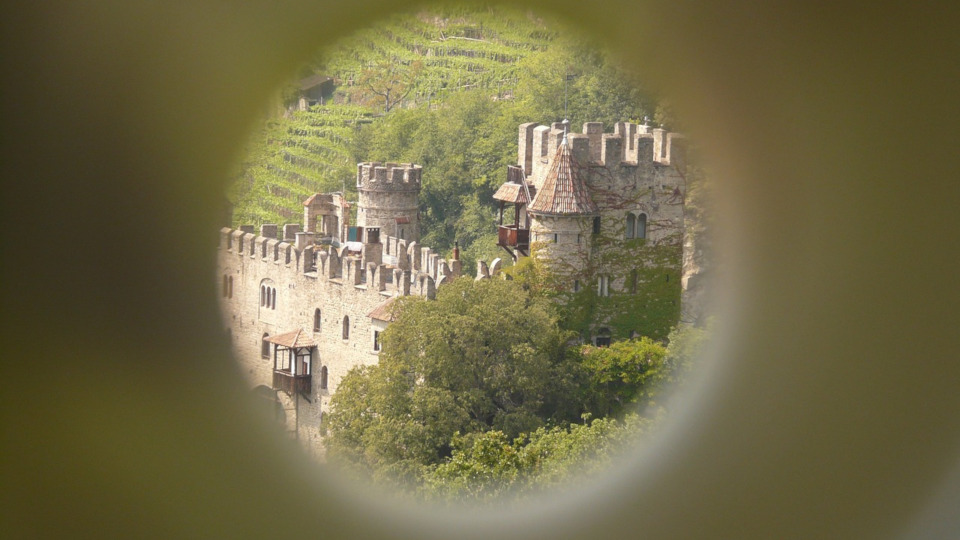
Some binoculars have a zoom function. This means variable levels of magnification instead of fixed. This is convenient, and magnification can be adjusted variably simply by moving a lever.
Good or bad quality?
The observer first finds the object with low magnification, and then simply zooms in on the target to observe it more closely. These binoculars are usually offered with magnification of between 7 and 40 times. On the one hand, this function is convenient, but a major disadvantage of this type of binoculars is that their quality is often not as good as fixed-magnification binoculars. Only in the premium range from around €800 upwards can you be certain of good quality. Of course, this also varies from manufacturer to manufacturer.
The tunnel effect
Most zoom optics have a highly visible negative effect. At low magnification, you get the impression that you are looking through a dark tunnel. This tunnel effect only disappears as you gradually increase the magnification.
A lens element shifts inside the binoculars, this is responsible for the different magnifications. Additional lenses usually also mean the loss of light and resulting reflection. Significant chromatic aberration is also a problem with most zoom binoculars. When buying binoculars, you should also bear in mind that you will probably need a tripod for magnification greater than 10 times. At high levels of magnification you can no longer hold the binoculars steady, as the effect of the slightest trembling of the hands becomes so great that you can no longer see very much. You also need to ensure that the binoculars are correctly adjusted, otherwise double images may occur either at high or at low magnification.
Recommended zoom binoculars
